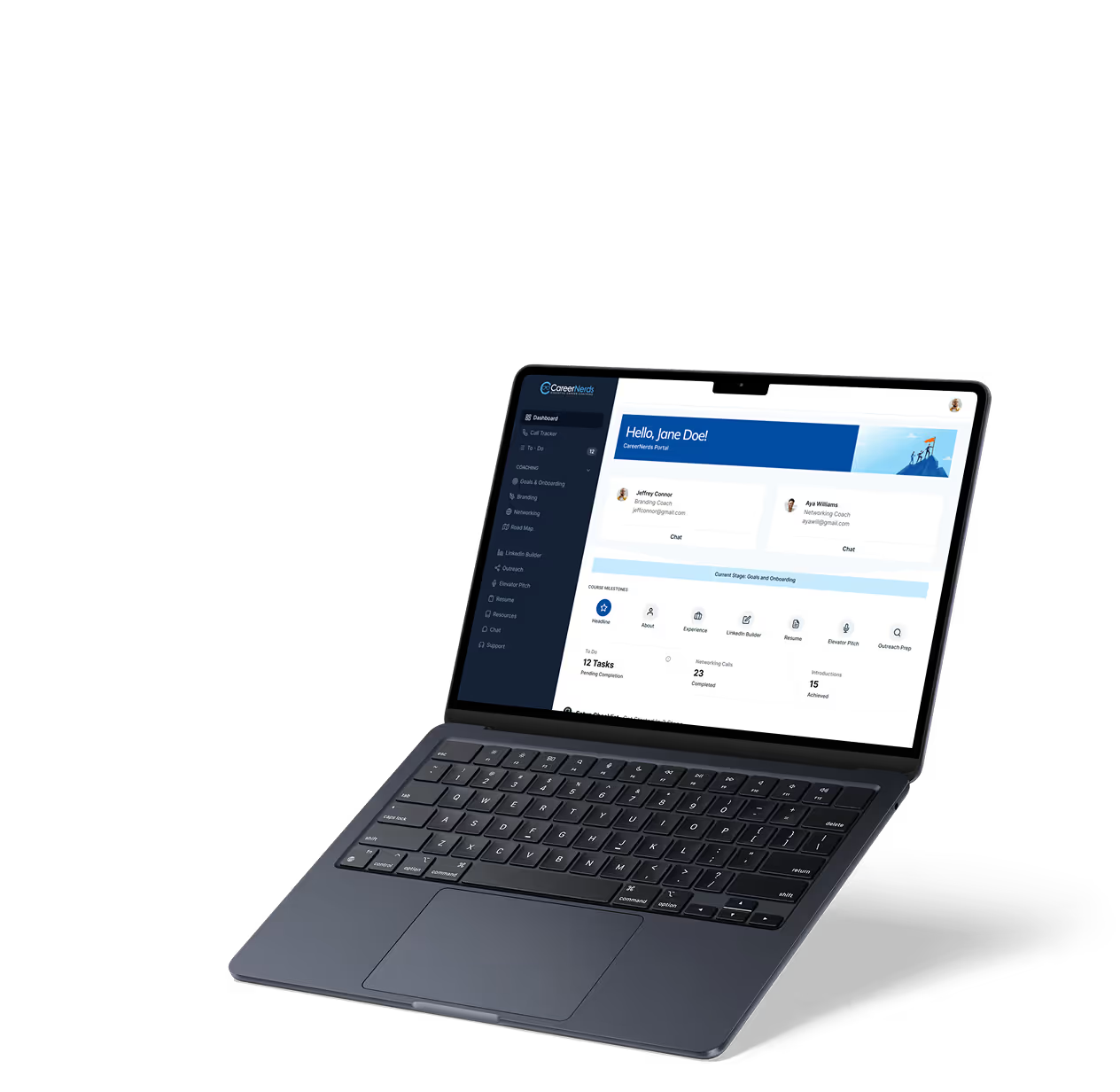User Interview in MVP
MVP
Learn how user interviews shape your MVP by gathering real feedback to build better products faster.
User Interviews: Why They Matter for Your MVP
When you build a minimum viable product (MVP), you want to create something that truly solves a problem. User interviews help you do just that by letting you hear directly from your potential customers. This feedback guides your decisions and saves time and money.
By talking to users early, you avoid guessing what they want. Instead, you learn what features matter most and how to improve your product before launch. This makes your MVP stronger and more likely to succeed.
How to Prepare for Effective User Interviews
Preparation is key to getting useful insights from user interviews. Start by defining clear goals. Know what you want to learn about your MVP, such as user needs, pain points, or reactions to features.
Next, choose the right participants. Look for people who match your target audience. You can find them through social media, forums, or existing customers. Keep your interview questions open-ended to encourage honest answers.
- Set a comfortable environment to make users feel at ease.
- Prepare a list of 5-10 focused questions.
- Test your questions with a colleague to ensure clarity.
Conducting User Interviews: Best Practices
During the interview, listen more than you talk. Let users share their thoughts without interruptions. Use follow-up questions to dig deeper into interesting points.
Record the session if possible, so you can review details later. Take notes on key insights and emotions users express. Avoid leading questions that push users toward certain answers.
- Start with easy questions to build rapport.
- Encourage users to share stories about their experiences.
- Be neutral and open-minded throughout the conversation.
Analyzing User Interview Data for Your MVP
After interviews, organize your notes and recordings. Look for common themes, problems, and suggestions. Group similar feedback to identify patterns that matter most.
This analysis helps you prioritize features and fixes for your MVP. For example, if many users mention difficulty with onboarding, focus on improving that area first.
- Create a spreadsheet to track feedback categories.
- Highlight urgent issues versus nice-to-have features.
- Share findings with your team to align on next steps.
Real-World Examples of User Interviews in MVP development
Many no-code and low-code platforms use user interviews to refine their MVPs. For instance, bubble’s early team interviewed users to understand how non-technical founders build apps. This feedback shaped their drag-and-drop editor and templates.
Glide, a no-code app builder, regularly conducts user interviews to improve usability and add features that users request. These insights help them stay user-focused and competitive.
- Zapier uses interviews to identify common automation pain points.
- FlutterFlow gathers user input to enhance app design options.
- Make (formerly Integromat) interviews users to simplify complex workflows.
Tips to Integrate User Interviews into Your MVP Process
Make user interviews a regular part of your MVP journey. Schedule sessions before and after major updates to track progress and new needs.
Combine interviews with other feedback tools like surveys and analytics for a full picture. Use insights to iterate quickly and avoid building features no one wants.
- Set a goal to interview at least 5-10 users per MVP cycle.
- Use video calls or in-person meetings depending on availability.
- Document and share learnings with your whole team.
Conclusion: User Interviews Drive MVP Success
User interviews are a powerful way to connect with your audience and build an MVP that truly fits their needs. By listening carefully, you reduce risks and create value faster.
Remember, the goal is to learn, not to sell. Keep your questions open and your mind open. With consistent user interviews, your MVP will evolve into a product users love and trust.
FAQs
What is the purpose of user interviews in an MVP?
How do I find the right users to interview for my MVP?
What types of questions should I ask during user interviews?
How many user interviews are enough for an MVP?
Can user interviews replace other feedback methods?
How often should I conduct user interviews during MVP development?
Related Terms
See our numbers
315+
entrepreneurs and businesses trust LowCode Agency
Investing in custom business software pays off
he team at LowCode Agency didn't just build an app, they transformed how we approach client management. They took the time to understand our methodology and created a solution that enhanced rather than replaced what made us successful.
75%
reduction in time spent on client management through automation
40%
increase in coach productivity within the first month

Tom Kent
,
Founder & CEO
Career Nerds



%20(Custom).avif)